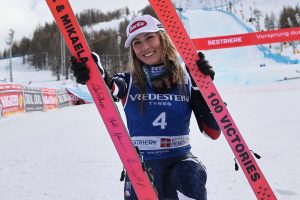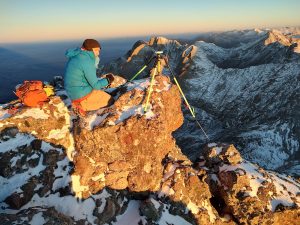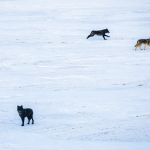In advance of World Cup opener in Austria, Shiffrin lays out her plan for Olympic season
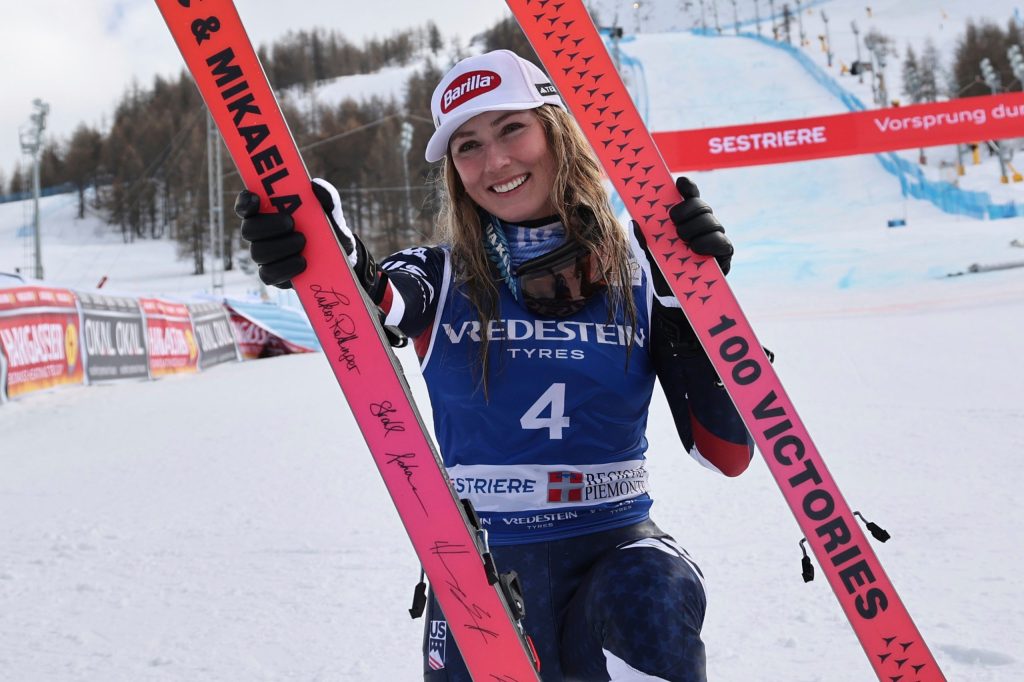
Marco Trovati/AP
If you account for her full body of work, Mikaela Shiffrin’s skiing status is pretty straightforward and secure: She’s the GOAT.
The Edwards superstar has amassed 101 World Cup wins — the most all-time by a mile — across all six disciplines and last March passed Ingemar Stenmark for the most career podiums (now 157), as well. If that weren’t enough, there’s her record 15 world championship medals, five overall crystal globes, and 11 discipline titles, too.
But the undisputed Alpine skiing queen hasn’t been quite as dominant at the one event casual fans care about every four years. It’s a relative statement, of course, since she does have two gold medals in three Olympic appearances, but even Shiffrin seems to sense something might be missing in this chapter of her otherwise glittering story.
“I feel aged,” the 30-year-old said when asked how she views her Olympic history during a press conference Wednesday morning. “Wiser, but also, the more I know, the more I feel like I know nothing.”
Uncertainty is a prominent theme for Shiffrin entering the 2025-26 World Cup season, which kicks off with a giant slalom in Sölden, Austria, on Saturday. Will she target the overall? Are there any super-Gs on tap? How is her mental health? When will her chief rival, Petra Vlhova, return after nearly 20 months away from the circuit? What is her relationship with the Olympics like and will she try to peak differently for it?
“I don’t think I know really many ski racers who would target the (Olympic) Games over World Cup performance,” Shiffrin answered in regard to the last question. “The idea most of us tend to have is the more consistently you perform through the World Cup season, the more you will have momentum, some level of confidence, and competence to bring into the Games.”
Still, the youngest slalom gold medalist in Olympic history knows the general public’s perception of her is largely predicated on what happens every quadrennial.
“It can be hard to sort of live in that narrative,” she said. “And still prioritize the things that are most important to you as an athlete.”
Coming off a 2022 Olympics in which she skied out of three events and walked away with no hardware, Shiffrin recently told Olympics.com she doesn’t want Beijing to define her view of the Games.
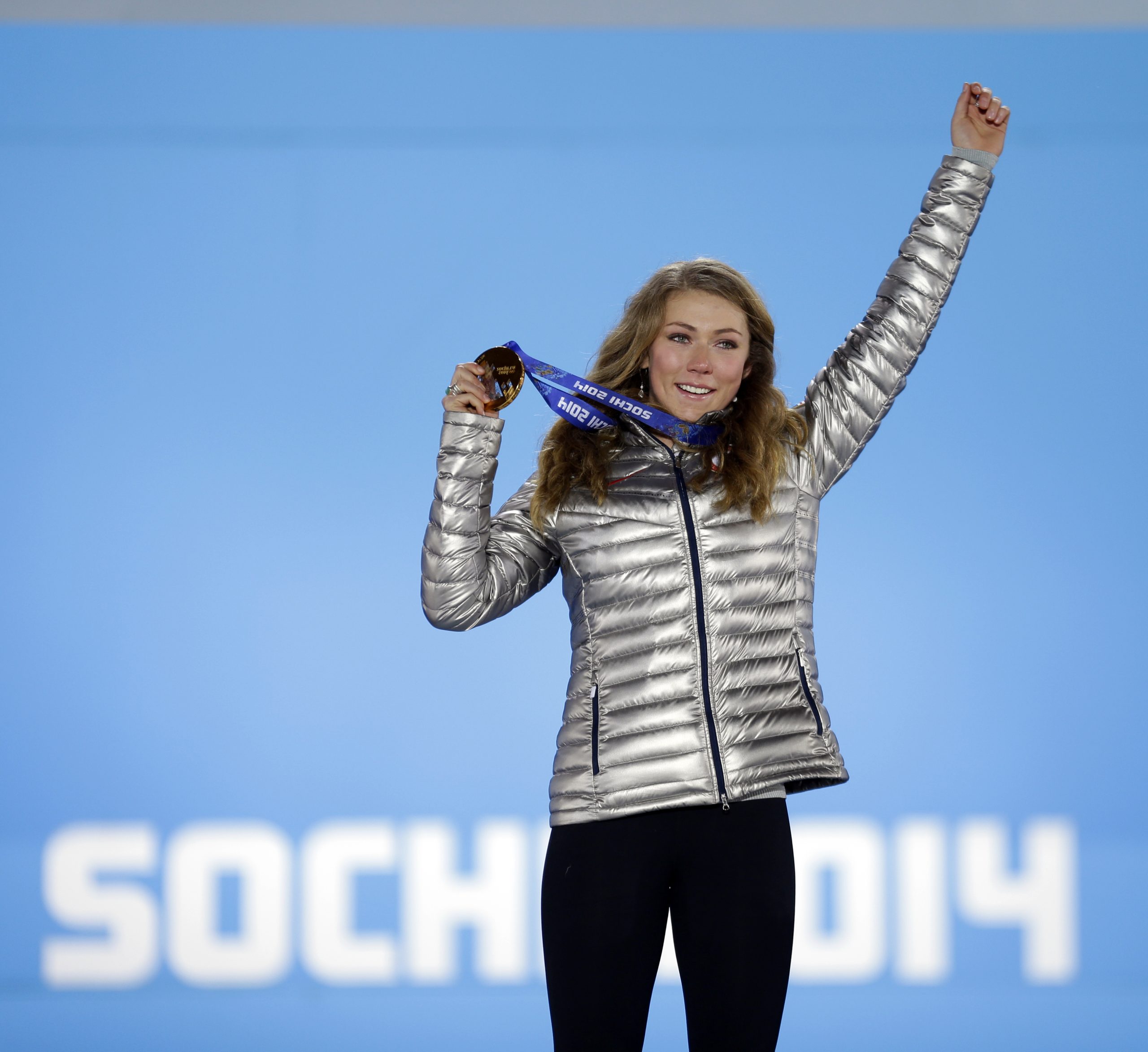
“I think it’s not so much about unfinished business,” she said, looking ahead to Milan-Cortina. “But it’s more about making peace.”
The game plan involves a mature perspective and narrowed focus. She’ll likely target three races — slalom, GS, and team combined — in Italy in February. Even though equaling Annemarie Moser-Pröll’s record of six overall World Cup titles is a tantalizing carrot, Shiffrin is being level-headed about her big crystal globe aspirations.
“I feel as motivated as ever,” she said. “I also feel realistic about the position I’m in right now, not necessarily going into the season feeling like I’m at the top. … I’m taking the season step by step. I think there will be improvements to make probably every single race.”
All eyes will be fixated on the reconstruction of her confidence in giant slalom. After suffering an abdominal puncture wound from a GS crash at the Killington World Cup last November, Shiffrin battled PTSD symptoms in three tentative returns to the technical discipline at the end of last season. She was 25th in Sestriere on Feb. 21 and did not qualify for a second run the following day — the athletic equivalent of Beyonce forgetting the lyrics to “Single Ladies” at a Super Bowl halftime show. Her last showing was a DNF in Are on March 8.
“It’s been an incredible journey to work from the end of last season where I had a total mind-body disconnect to where I am now, where I feel I’m more in control of the improvements I’m making,” said Shiffrin, who prioritized GS during her summer camps, like a June on-snow session at Copper Mountain.
“(I’m) trying to just continue to work through exposure to the speed and the tactics, and it’s taken a lot,” she continued. “It’s still very much a work in progress to be able to take on the full speed of a GS course.”
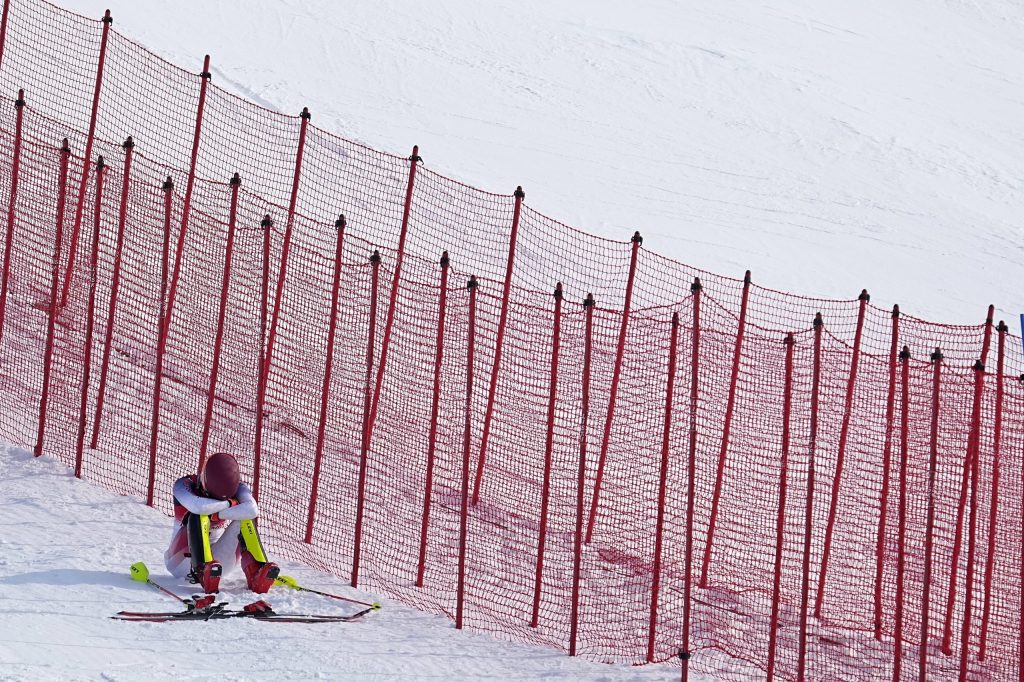
Similar to last season, Shiffrin’s team left for Europe this fall a little earlier than the past.
“This year has actually been one of the best two-week preparation periods ahead of Sölden that I’ve experience in awhile,” said Shiffrin, a two-time winner at the Rettenbach Glacier venue. She said the last few weeks have been spent on courses with some shatter, ruts, and tracks — elements Shiffrin could very well encounter with a higher bib number after missing much of last season.
“That’s been a big goal, not only for this season, but just in general,” Shiffrin said of skiing rough stuff.
After Sölden, the World Cup tour swings up to Levi, Finland, for a Nov. 15 slalom before returning to Austria for another slalom on Nov. 23. The next week, Shiffrin will get a second chance to ski on home soil at the Stifel Copper Cup at Copper Mountain.
“I was so sad to not be able to compete at Beaver Creek (last year), but equally so excited to watch my teammates compete,” Shiffrin said. “And to be able to look forward to Copper this year … I think it’s going to be a really really cool event and I think it’s so important to have events in the U.S.”
The men will race a super-G and giant slalom on Nov. 27 and 28 at Copper Mountain, with the women contesting a giant slalom and slalom on Nov. 29 and 30.
The next week the men head over Vail Pass for the four-day Birds of Prey World Cup in Beaver Creek. Shiffrin’s fiance, Aleksander Aamodt Kilde, is targeting the event as his comeback race after suffering a life-threatening crash on the Lauberhorn course in Wengen, Switzerland, in January 2024. The 32-year-old was left with a severe laceration to his leg and a complicated shoulder dislocation. His recovery was later stalled by continued infections and sepsis, leading to repeat surgeries.
“It’s not about me, but I’m not sure how I’m going to cope with it. It’s exciting, it’s exhilarating, it’s emotional,” Shiffrin said of the Norwegian’s return to the start gate.
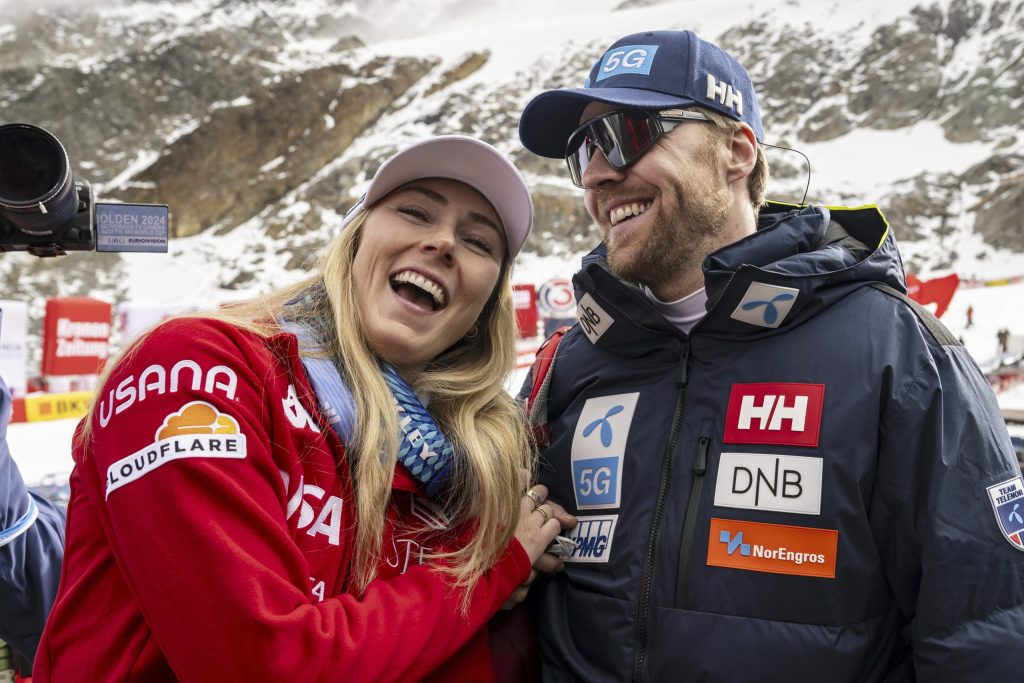
“He’s been working so, so hard and been just so relentless and so consistence in his rehab, in his trust of the human body and working toward health and nutrition and the mindset and all these various pieces,” she continued. “I’ve learned so, so much from him the last couple years.”
The women will complete their North American swing with a pair of tech events in Tremblant, Canada, in December. The following speed weekend in St. Moritz is Shiffrin’s one window to see where she stands in super-G. If after the Dec. 14 race she feels it’s not possible to qualify for the increasingly-stacked U.S. squad, Shiffrin said she’ll narrow her focus to her two best events.
“I adore super-G,” she added. “So I don’t want to let it go entirely.”
Looking ahead to the calendar’s crown jewel — the 25th Winter Olympiad — Shiffrin contrasted Cortina d’Ampezzo to her past Olympic visits to obscure locations like Sochi, Russia; Pyeongchang, South Korea; and Beijing, China.
“I’m so excited to be in a place that’s familiar given my whole Olympic history,” she said.
Perhaps familiarity will help her compose a new chapter to that Olympic history — one with results her fans are more familiar with.
“My experiences there have been (it’s) one of the best places that I ski,” Shiffrin said, a comment the rest of the World Cup probably ought to heed as a warning. “Let’s hope for good winter conditions.”
In advance of World Cup opener in Austria, Shiffrin lays out her plan for Olympic season
Uncertainty is a prominent theme for Shiffrin entering the 2025-26 World Cup season, which kicks off with a giant slalom in Sölden, Austria, on Saturday.
